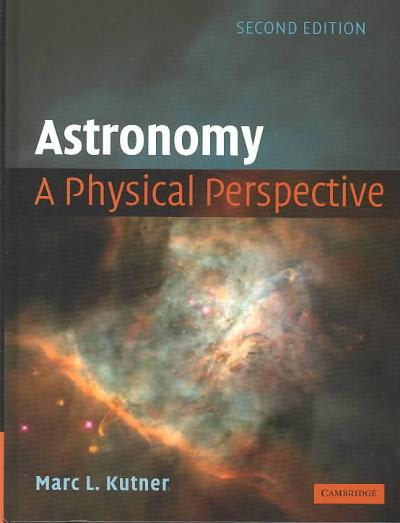please answer 1-5 with work on separate paper and explanations !
1. A 3-kg block is launched from rest at point A by a spring of spring constant 1 = 64 N/m onto a mostly frictionless track, through these is a 1.5-m section with friction (#* = 0.3) right after point B. The block slides along the track, up over a hill (point C), and then collides with another spring at point D, causing the block to turn around and go the other way. (a) The block is found to be traveling at a speed of 4 m/s when it ets to point C (at the top of the hill). If the first spring is initially compressed by ana amount AS = 0.5 m, find the height h of the block at point A. (b) The spring at point D has spring constant k2 = 42 N/m. How far will the spring be compressed before the block comes to a momentary stop? r= 2m h= ? D "K = 0.3 2. A vaulter holds pole in equilibrium by exerting an upward force U with her leading hand and a down- ward force D with her trailing hand, as shown in the figure below. A 3-kg package is placed at point C. What are the magnitudes of U and D? The mass of the pole is very small and can be ignored. 0.750 m -1.50 m- - 2.25 m 3. A blue car was traveling East toward an intersection with a speed of vb = 20 m/s. At the same time, a red car was traveling North toward the same intersection with a speed of vr = 10 m/s. They hit each other at the intersection. Since they did not see each other before the collision, neither of the car used their breaks before the collision. The mass of the blue car is 1000 kg, and the mass of the red car is 2500 kg. After the collision, the blue car came into a complete stop at the intersection, and the red car slid toward the North-East direction, as shown in the figure. (a) What is the velocity of the red car right after the collision? North Velocity of the red car right after the collision = ? (b) Find the angle in the figure that points to the direction of the red car after the colli- sion. vb = 20 m/s (c) What is the energy lost during the colli- mb = 1000 kg sion? vr = 10 m/s mr = 2500 kg 4. Three children are standing together on a totally frictionless pond. At the count of three, they all push against each other in an attempt to escape to the edge of the pond. Child 1 (mi = 50 kg) ends up moving north at 4 m/s. Child 2 (my = 30 kg) ends up mov- ing east at 5 m/s. Child 3 has mass m3 = 50 kg and ends up moving at an angle 0 south of west, as shown. Find the final velocity of Chile 3 (magnitude and direction). 401 =4 m/s m, = 50 kg "z = 30 kg 0- 1 0, = 5 m/s U, = ? my = 50 kg 5. A uniform rod with a mass of 100 g and a length of 50 cm rotates in a horizontal plane about a fixed, vertical, frictionless pin passing through its center. Two small beads, each having a mass 30 g, are mounted on the rod so that they are able to slide without friction along its length. Initially, the beads are held by catches at positions 10 em on each side of center; at this time, the system rotates at an angular speed of 20 rad/s. Suddenly, the catches are released, and the small beads slide outward along the rod. (a) Find the angular speed of the system at the instant the beads reach the end of the rod. (b) Find the magnitude of the angular velocity of the rod after the beads fly off the rods ends. What is the direction of this angular velocity







